An electrical enclosure is a purpose-built cabinet designed to house electrical and electronic devices, providing the required protection to keep operators/personnel safe from electrical shock hazards and devices protected from hazardous environments as well as accidental damage.
Today’s enclosures are built to provide a lifetime of service when the correct enclosure is used to meet the specific needs for a service or application.
Enclosures are designed in a range of shapes and sizes to offer various solutions and serve various applications.
This electrical enclosure book consists of 8 chapters as mentioned in the below table.
| Chapter 1 | Electrical Enclosure Types |
| Chapter 2 | Understanding Enclosure NEMA and IP Ratings |
| Chapter 3 | Enclosure Construction Materials |
| Chapter 4 | Selecting an Enclosure |
| Chapter 5 | Thermal Management Solutions and Selecting |
| Chapter 6 | Optional Enclosure Accessories |
| Chapter 7 | Enclosure Cutout Considerations |
| Chapter 8 | Conclusion |
Electrical Enclosure
The following enclosure types are the most commonly used enclosures.
The information is provided with a description of the enclosure design and purpose to better understand how they can be used in applications.
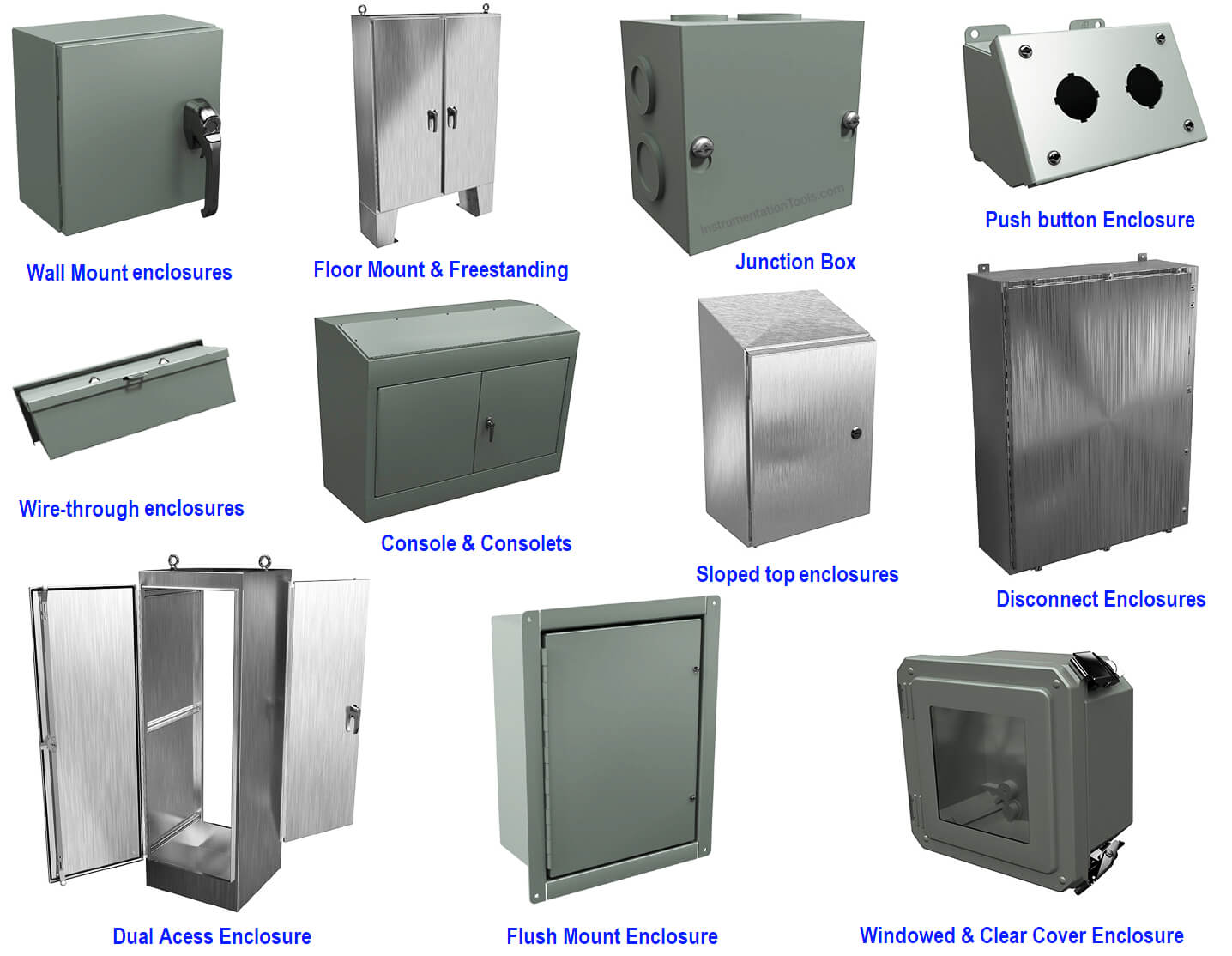
Wall-mount
Designed to mount directly on a wall and to house electrical controls, terminals, instruments and components while providing protection from dust, dirt, oil, and water.
This type of enclosure can be used for many applications and are available for various NEMA/IP protection ratings.
Floor-mount and Freestanding
Designed with feet supports that allow them to stand on any hard surface and to be secured/bolted for a permanent and secure installation.
These enclosures are commonly used for larger applications involving motor starters, drives, contactors, and PLCs as well as a wide variety of other electrical and electronic equipment.
Junction Box
Designed for use as surface-mounted junction boxes, service boxes, switch boxes and cutout boxes.
Many of these junction boxes are NEMA 1 and NEMA 3R and include pre-punched knockouts for easier cable entry.
Pushbutton Enclosures
These enclosures are available in various shapes and forms including slope tops, consoles, and more.
They are basically enclosures with pre-cut standard 22.5mm or 30.5mm openings that allow easy mounting of pushbuttons, switches, indicators and other pilot devices.
Models with blank covers that allow users to determine their preferred configuration are also available.
Disconnect Enclosures
Specifi ally designed to house and allow operation of disconnects from many popular manufacturers and disconnect products.
These enclosures offer NEMA 4, 4X, 12 or 4/12 protection and are usually available in wall-mount, floor mount and freestanding versions.
Consoles and Consolets
These enclosures house electrical and electronic controls and/or instruments and typically have HMIs, pushbuttons, switches and other pilot devices and controls where operators can access the devices to control and operate machinery and systems.
Consoles and consolets are heavy duty constructed enclosures that protect contents from dirt, dust, oil and water, and are available in various types including; freestanding consoles, operator consoles, console tops, pushbutton consolets, writing desktops, pedestal and bases.
Wire Through Enclosures
Similar to junction boxes, wire through enclosures are designed to protect wiring from surrounding personnel, equipment and atmosphere.
| Title: | Practical Guide to Electrical Enclosures for Industrial Applications |
| Author: | Automation Direct |
| Format: | |
| Size: | 2.48 MB |
| Pages: | 23 |
| Download: | Click Here |
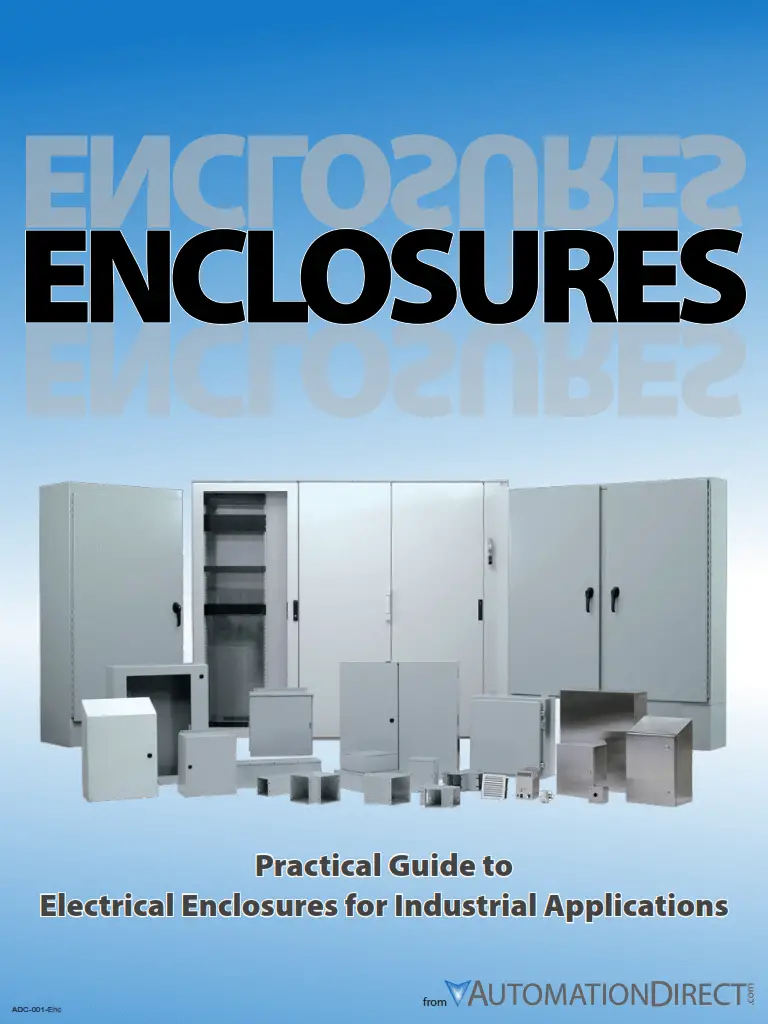
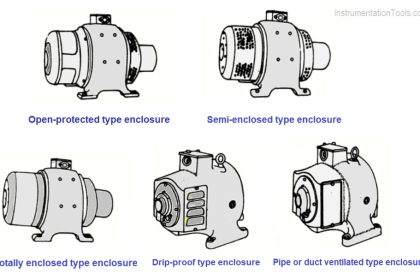
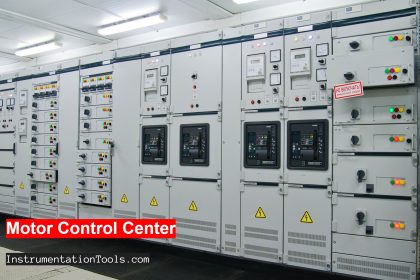
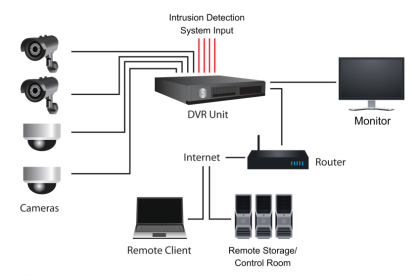
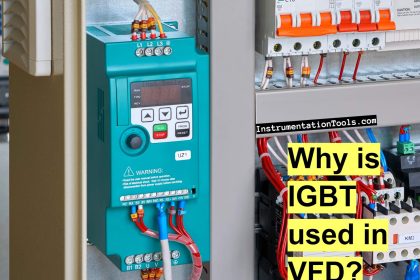
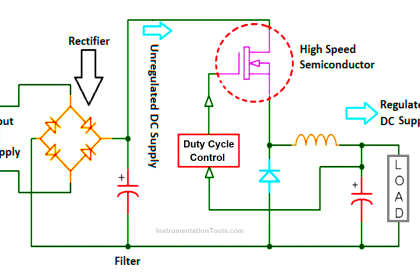
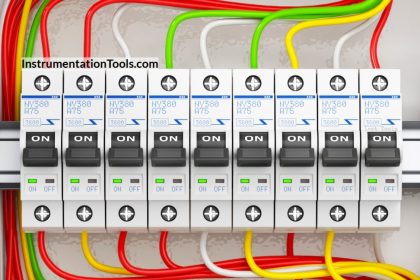

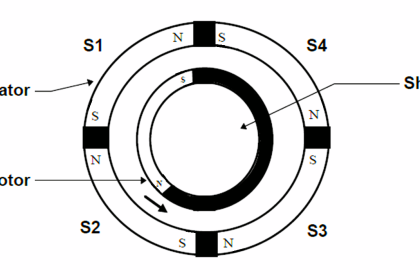
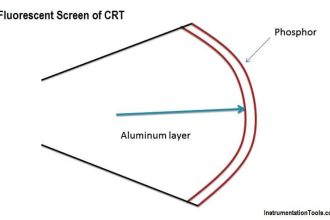

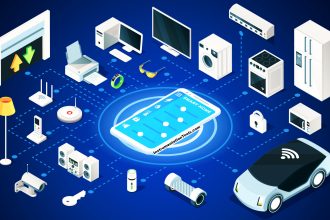

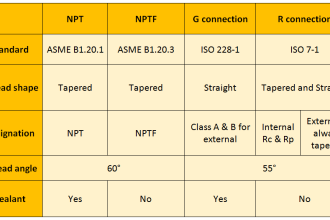
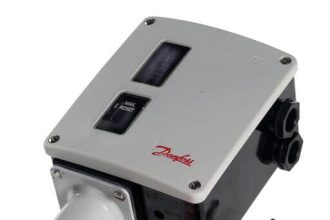



thank you very much
Great one